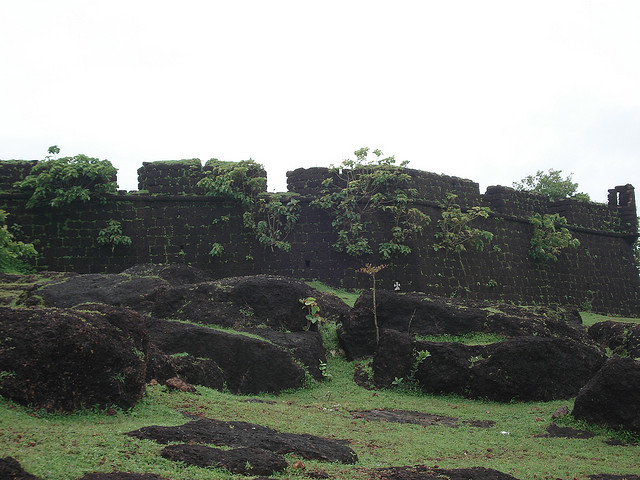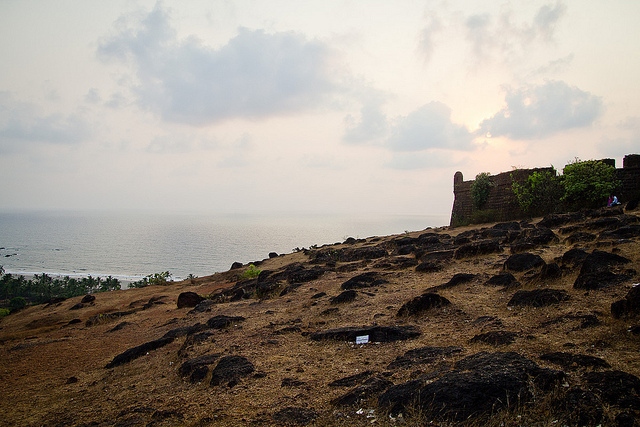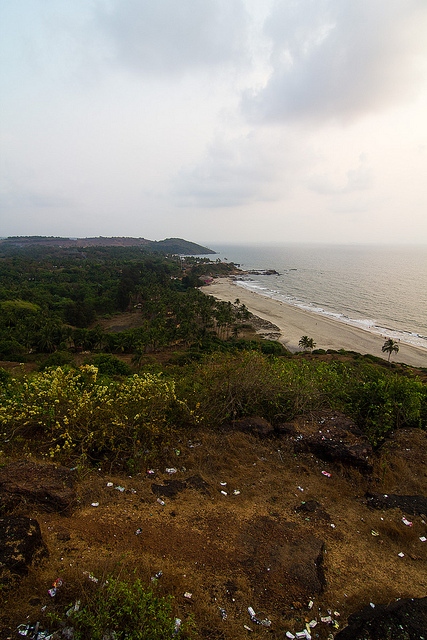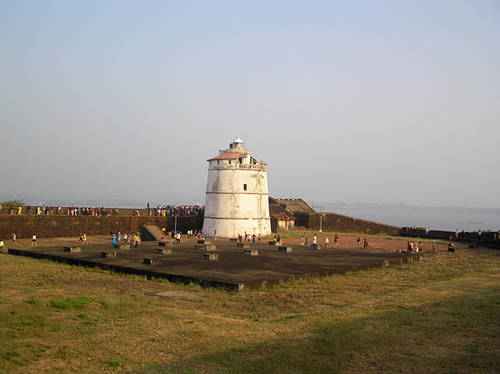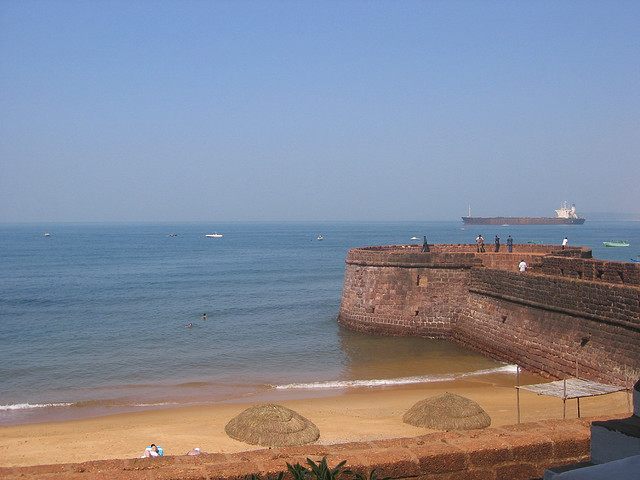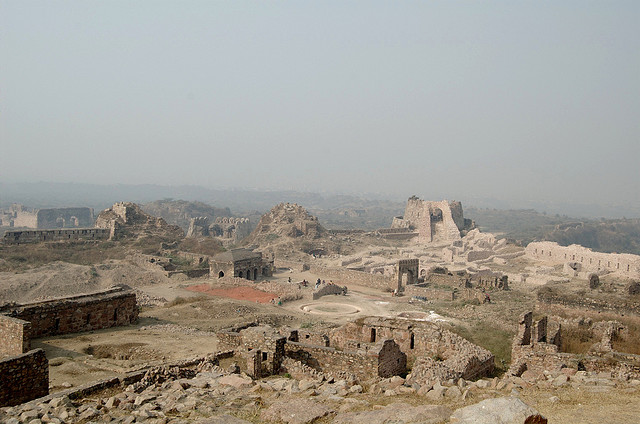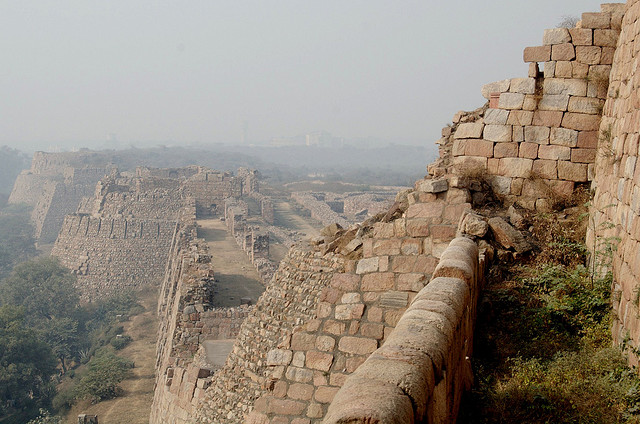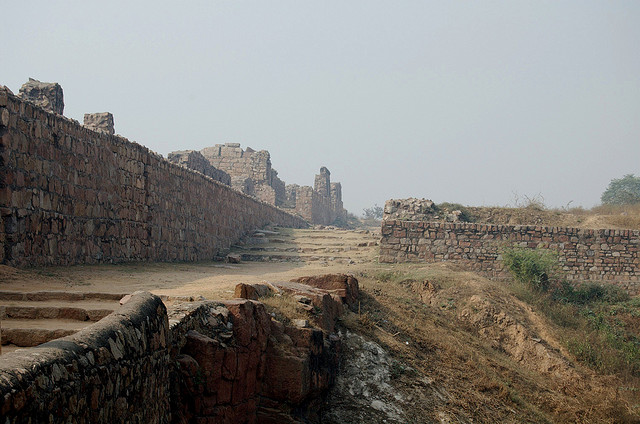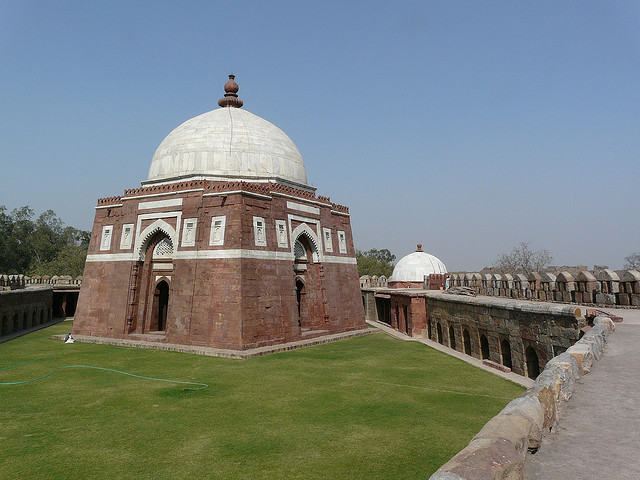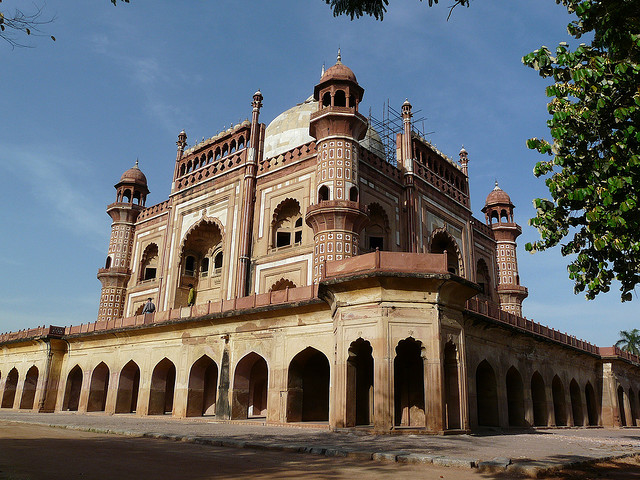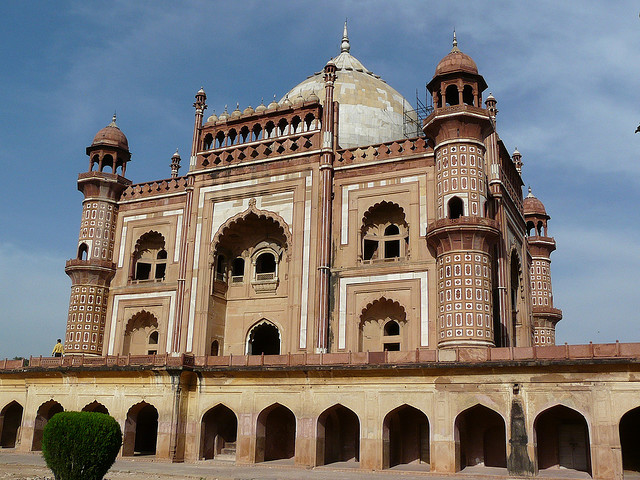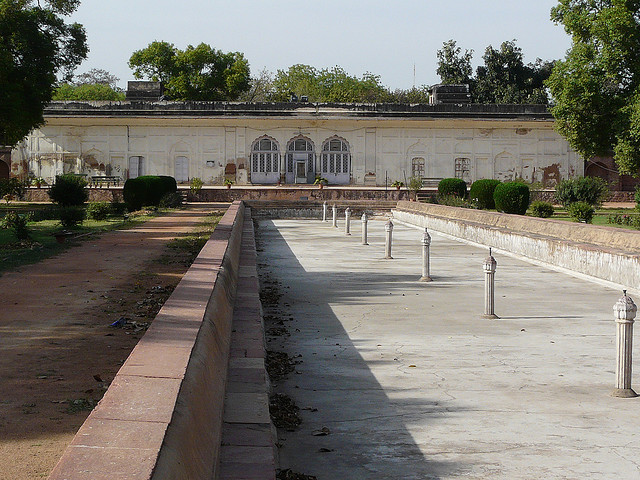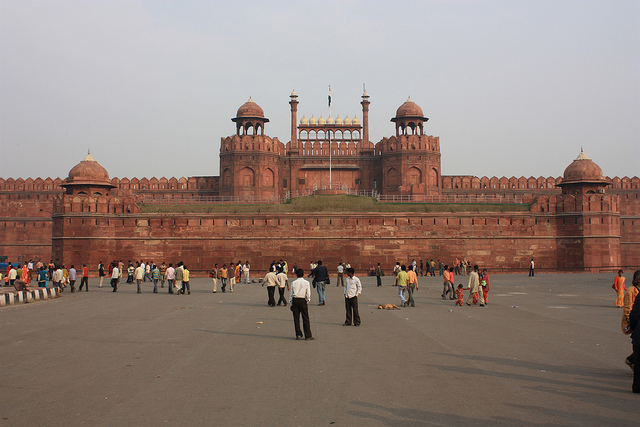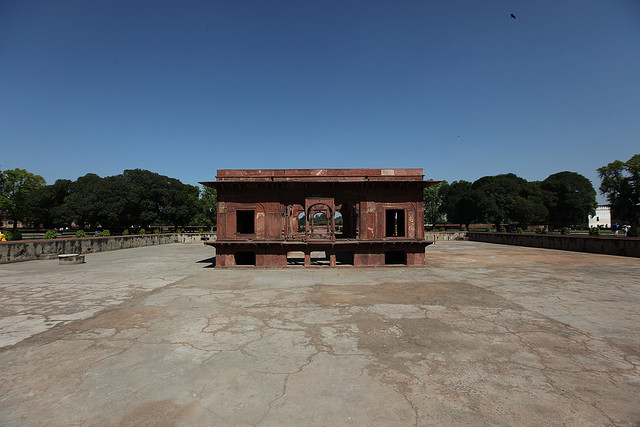British Cemetery
British Cemetery is situated near Raj Bhavan around 7 km from Panaji and 4 km from Miramar. It was constructed in 1802 and has 47 tombstones and 56 gravestones of sepulchral relics. Considered as the only remain of the British occupation of Goa during the Napoleonic period, it is around 180 years old. The British Cemetery at present is managed by the Directorate of Archives and Archaeology.

